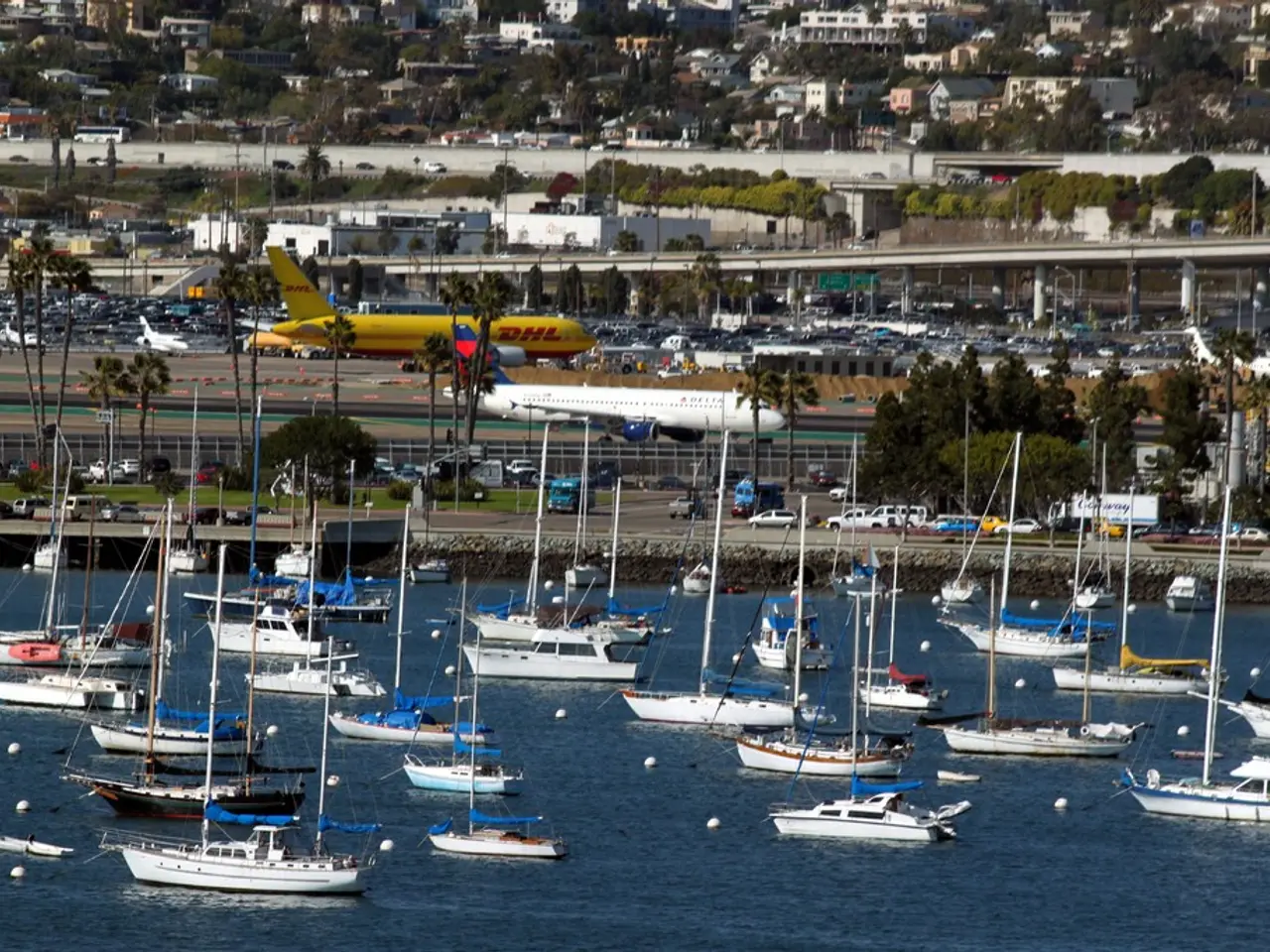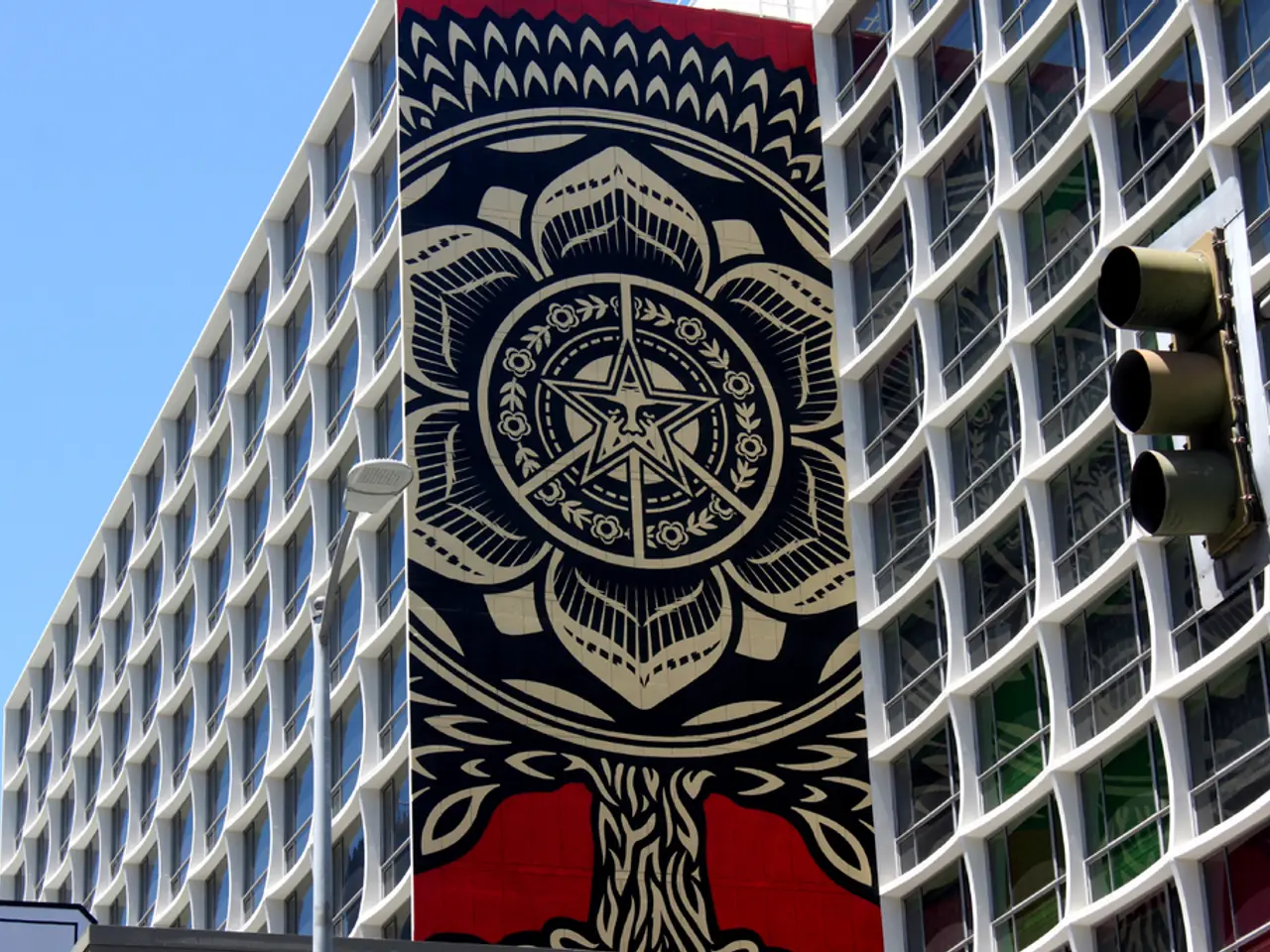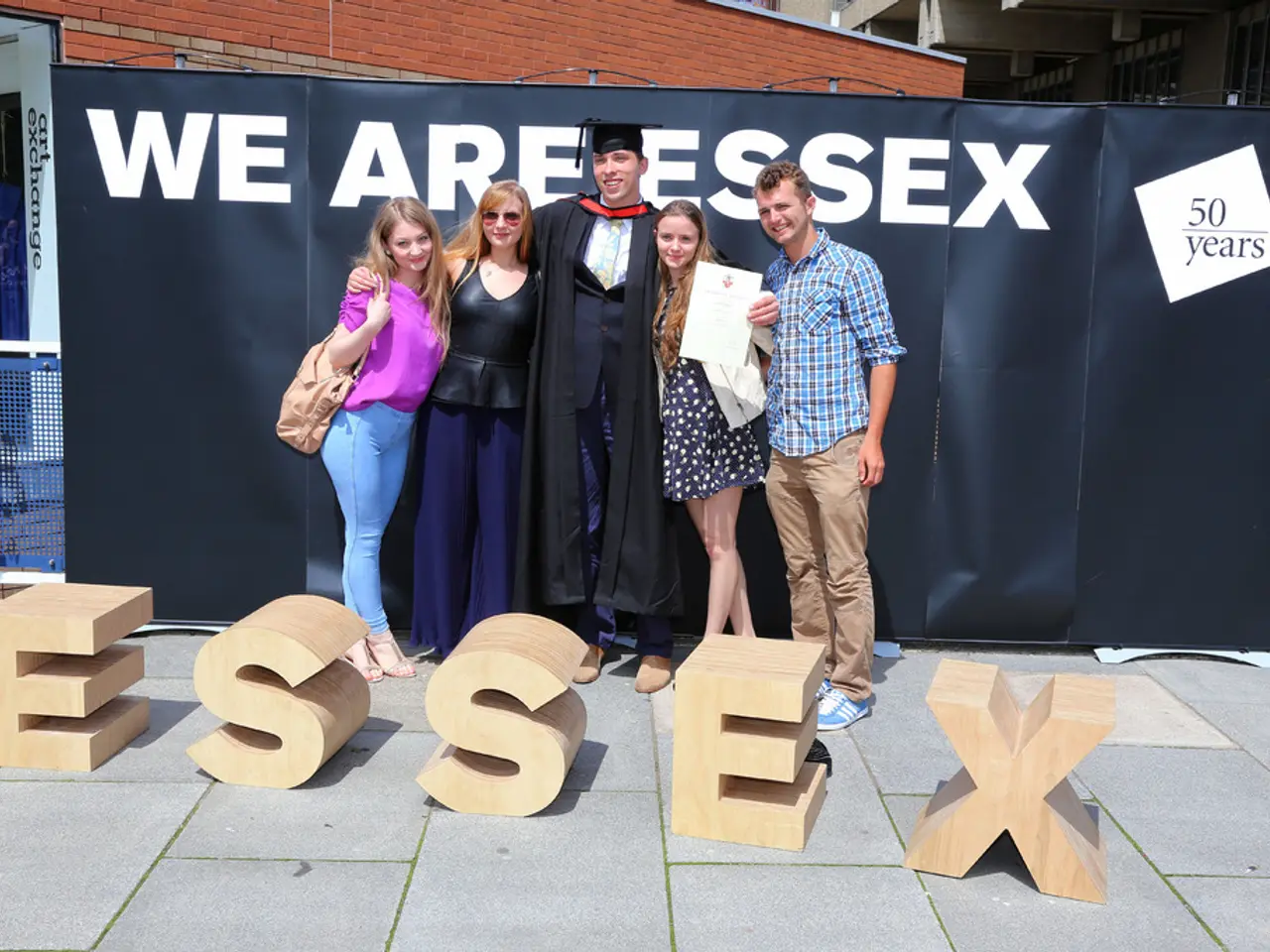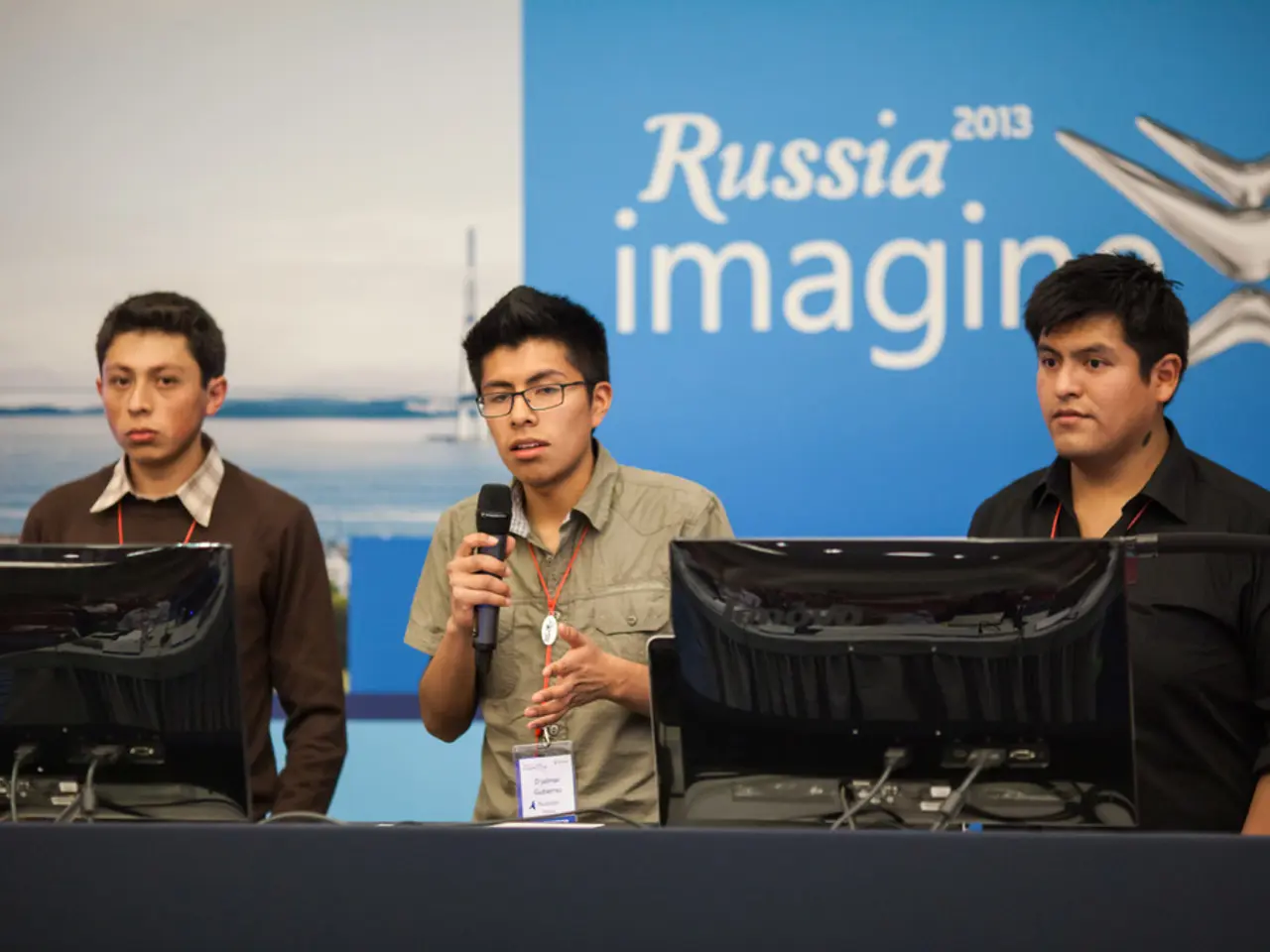Snapshots of the Week: Soaring High on Deck Views
The R/V Bob and Betty Beyster, a new addition to the Scripps fleet of oceanographic research vessels, is playing a pivotal role in supporting underwater archaeology research conducted by the Scripps Center for Marine Archaeology (SCMA).
## The R/V Bob and Betty Beyster: A Research Vessel Extraordinaire
The R/V Bob and Betty Beyster serves as a floating laboratory and logistical hub, transporting archaeologists, students, and essential equipment to underwater archaeological sites. This mobile platform provides direct access to submerged cultural heritage sites, such as shipwrecks, ancient harbors, and submerged settlements.
## Enabling Precise Mapping and Documentation
Equipped with advanced navigation and survey technologies, the vessel facilitates the precise mapping and documentation of underwater archaeological areas. It supports operations involving remote sensing devices like sonar and sub-bottom profilers, which help locate and characterize archaeological sites beneath the seabed.
## A Base for Deep-Ocean Exploration
The R/V Bob and Betty Beyster acts as a base for divers and remotely operated vehicles (ROVs), providing essential safety, communication, and logistical support during underwater excavations. It is also equipped with a mini-ROV for deep-ocean exploration, an underwater robot that sends images and video back to the ship, enabling researchers to explore sites deeper than divers can go.
## An Educational and Collaborative Platform
As part of the SCMA, the vessel is a hands-on training platform for students and early-career scientists, giving them real-world experience in underwater archaeological methods. It facilitates interdisciplinary collaboration by hosting experts from various fields such as marine geology, oceanography, and conservation.
Currently, the R/V Bob and Betty Beyster is being used for a project involving professors John Hildebrand and Tom Levy. These professors were learning the systems of the R/V Bob and Betty Beyster for a project in Greece this fall, where they will be using the vessel's instrumentation for their research.
In addition to this project, the R/V Bob and Betty Beyster is in heavy rotation, supporting various research projects conducted by the SCMA. The vessel's multi-beam sonar, for instance, is used for high-resolution seafloor mapping, aiding in the discovery and documentation of underwater archaeological sites.
The SCMA team on the R/V Bob and Betty Beyster includes professors, graduate students, and researchers like Margaret Morris, a graduate student studying marine geophysics and archaeology. Isabel Rivera-Collazo is another member of the SCMA team on the R/V Bob and Betty Beyster.
In summary, the R/V Bob and Betty Beyster is an essential tool for the Scripps Center for Marine Archaeology, enabling the effective conduct of underwater archaeological research, from initial surveys to detailed excavation and analysis, while also serving as an educational and collaborative platform.
The R/V Bob and Betty Beyster, serving as a floating laboratory for oceanographic research, aids in the collection of data for underwater archaeology, thereby contributing to the field of science. The vessel's integration of advanced technology, such as sonar and remotely operated vehicles (ROVs), empowers precision in mapping and documentation, significantly advancing the study of underwater archaeological areas.




